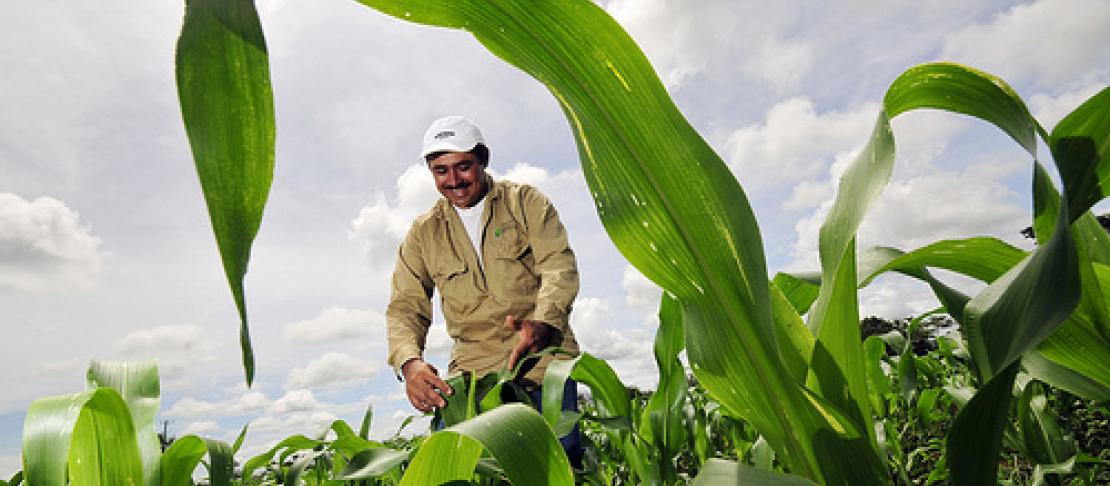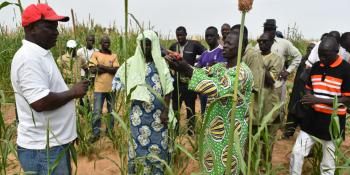Climate change and conservation

By Jeremy Cherfas
The effects of climate change on agriculture have been widely discussed. Less so, the specific impacts on conservation of plant genetic resources. Toby Hodgkin and Paul Bordoni, scientists at Bioversity International, fill that gap with a recent paper in the Journal of Crop Improvement. Hodgkin and Bordoni take it as axiomatic that intensification results in the loss of agricultural biodiversity, and that improved sustainability will require the use of more, and more diverse, plant genetic resources. Where will those resources come from?
The problem is that climate change threatens diversity too, among crops and their wild relatives. Some of that diversity is already conserved in genebanks, but more will be needed. Hodgkin and Bordoni point out that improved modeling will enable responses to be targeted to the highest priorities. The response might be collecting missions to bolster ex-situ conservation, or in-situ conservation based on protected areas or incentivized farmers. Maybe even assisted migration. Most likely, some combination of these will be appropriate. But even then, difficulties remain.
Uncertainty is part of the challenge
As regards in-situ conservation, they point out that “the limits of adaptation for different varieties, populations, and species are quite unknown and, because the extent and range of climate change still remains uncertain, it is unclear what levels of in situ conservation will continue to be possible, and in what locations”. Improved monitoring will help to pinpoint sites or species most in need of attention.
Plant breeders know that they will need new kinds and new sources of diversity to meet the challenges of climate change, but they don’t know exactly what they will need. So a challenge for ex-situ conservation will be “to meet these demands without necessarily being able to predict them”. Moreover, while some breeders look for resistance to a new pest or disease, others seek heat-stress tolerance in the same species. That will require increased information on characterization and evaluation, and systems to collate the data and make them available.
International cooperation is essential
Finally, if plant breeders and other scientists are to make more use of plant genetic resources to adapt to and mitigate climate change, the resources will have be accessible around the world, as countries discover that their future climate is already happening somewhere else. This requires the multilateral system of access and benefit sharing of the International Treaty on Plant Genetic Resources for Food and Agriculture (ITPGRFA) to work well and for countries to put their faith in the treaty. Is that realistic, and can the problem of free riders be solved?
These are serious challenges, and fortunately they are starting to be met in CCAFS and elsewhere. Modeling and gap analysis, giving farmers access to pre-selected diversity through the Seeds for Needs projects, and research into strengthening implementation of the ITPGRFA are all helping to improve the conservation and use of plant genetic resources under climate change.
Jeremy Cherfas is a biologist and senior science writer at Bioversity International. To get more updates on our research, follow us on Facebook, and on Twitter @Cgiarclimate.


